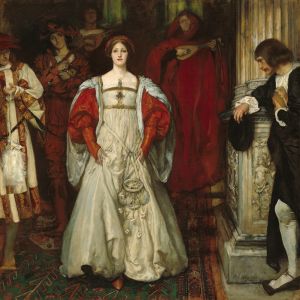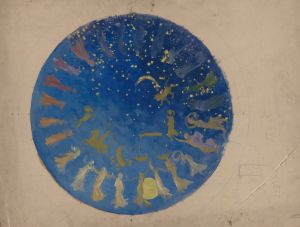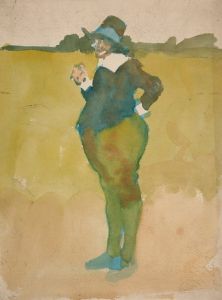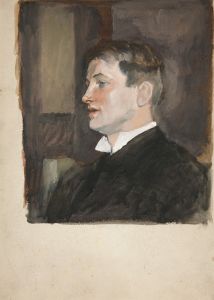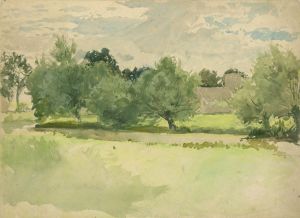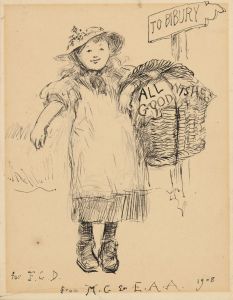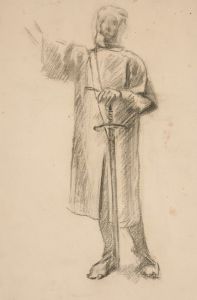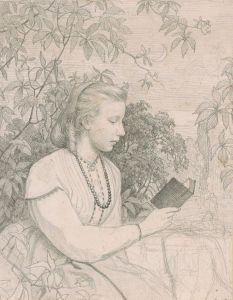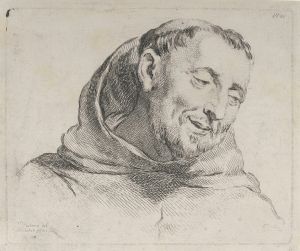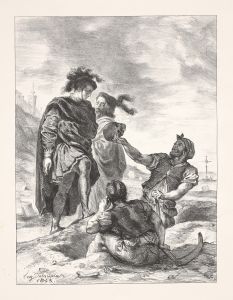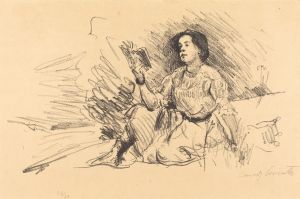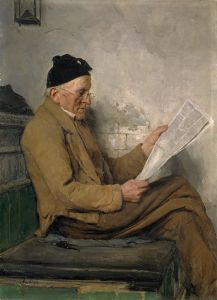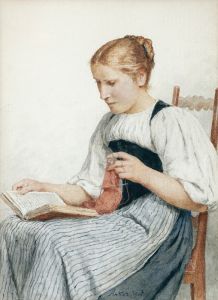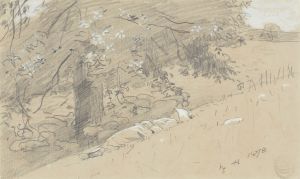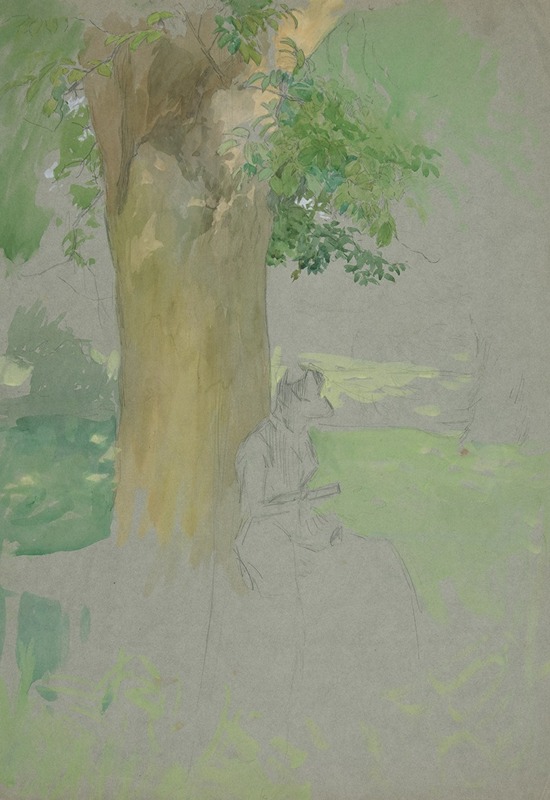
Woman seated beneath a tree, reading
A hand-painted replica of Edwin Austin Abbey’s masterpiece Woman seated beneath a tree, reading, meticulously crafted by professional artists to capture the true essence of the original. Each piece is created with museum-quality canvas and rare mineral pigments, carefully painted by experienced artists with delicate brushstrokes and rich, layered colors to perfectly recreate the texture of the original artwork. Unlike machine-printed reproductions, this hand-painted version brings the painting to life, infused with the artist’s emotions and skill in every stroke. Whether for personal collection or home decoration, it instantly elevates the artistic atmosphere of any space.
"Woman Seated Beneath a Tree, Reading" is a painting by the American artist Edwin Austin Abbey. Abbey, born in 1852 in Philadelphia, was a prominent illustrator and painter known for his works that often depicted scenes from literature and history. He was a key figure in the Golden Age of American illustration and later became a respected muralist.
The painting "Woman Seated Beneath a Tree, Reading" is an example of Abbey's skill in capturing serene and contemplative moments. The artwork features a woman seated under the shade of a tree, engrossed in a book. The setting suggests a peaceful, pastoral environment, which is characteristic of Abbey's ability to create a sense of tranquility and introspection in his works.
Abbey's attention to detail is evident in the rendering of the woman's attire and the natural surroundings. The use of light and shadow in the painting enhances the overall mood, creating a harmonious balance between the figure and the landscape. The woman's relaxed posture and the gentle folds of her dress contribute to the painting's sense of calm and leisure.
Edwin Austin Abbey's career began as an illustrator for magazines such as Harper's Weekly, where he gained recognition for his illustrations of literary works, including those of William Shakespeare and Robert Herrick. His success as an illustrator eventually led him to pursue painting more seriously. Abbey moved to England in 1878, where he continued to develop his artistic style and became associated with the Pre-Raphaelite Brotherhood, a group of English painters, poets, and critics founded in 1848.
In addition to his easel paintings, Abbey is well-known for his large-scale murals. One of his most famous commissions was the series of murals for the Boston Public Library, which depicted scenes from the Quest for the Holy Grail. These murals are considered some of his most significant contributions to American art.
Abbey's work is characterized by its meticulous detail, historical accuracy, and a strong narrative quality. His ability to convey stories through his art made him a beloved figure in both the United States and England. "Woman Seated Beneath a Tree, Reading" exemplifies these qualities, showcasing his talent for creating intimate and reflective scenes.
Edwin Austin Abbey passed away in 1911, but his legacy continues through his extensive body of work. His paintings and illustrations remain admired for their technical skill and their ability to capture the essence of the subjects they portray. "Woman Seated Beneath a Tree, Reading" stands as a testament to Abbey's enduring influence in the world of art.





